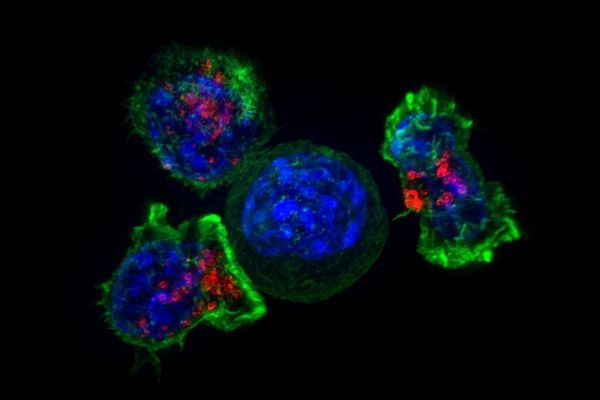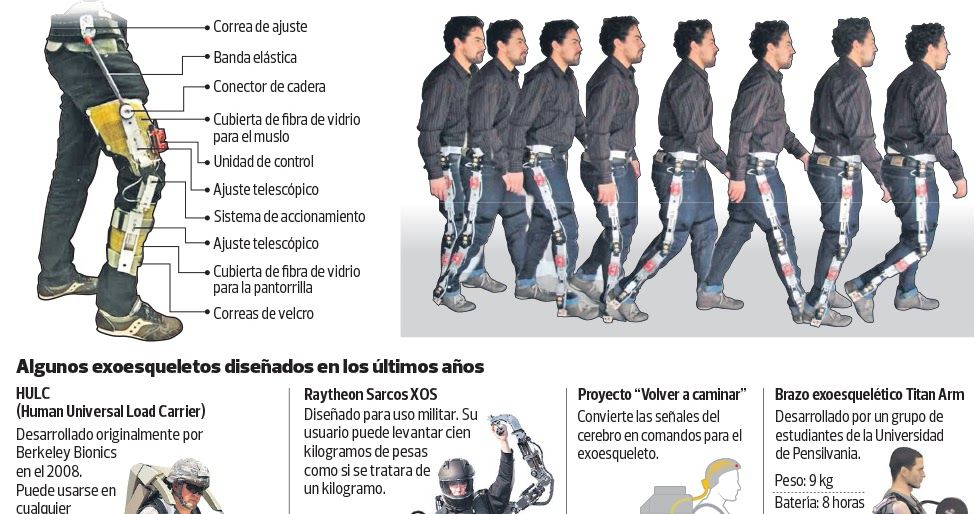Products such as Semantic Scholar and Microsoft Academic could be a boon for scholars.
A new avenue of research opens up for cancer and potential therapies.
A new study led by scientists at The Scripps Research Institute (TSRI) suggests there may be a way to limit tumor growth by targeting immune system cells called macrophages.
The research reveals that macrophages can “drill” through tumors to create new vessel-like structures for delivering oxygen and nutrients as tumors grow.
“This may represent a whole new therapeutic target for treating tumors,” said TSRI Professor Martin Friedlander, senior author of the new study, which was published November 11 in the journal Scientific Reports.
More commentary about the Steve Aoki Party for Science and the Aoki Foundation.
Music business entrepreneur Steve Aoki has been a supporter of the SENS rejuvenation research programs for a while now. I’m always pleased to see successful people being vocal about their support for SENS, putting it front and center when talking to their audiences. Placing this important scientific work — as well as the prospects for near future therapies, and the need for philanthropic funding — in front of a bigger audience is a vital to the continued growth of our community and continued progress towards the medical control of aging. We need to reach out to entirely new networks of people, those who would never seek out the longevity science community on their own, as among their numbers are many who will be turn out to be interested, pleasantly surprised, and enthusiastic. Today, I’d wager, a large fraction of those people who will go on to be significant advocates and philanthropic donors of the late 2020s have no idea that we even exist, or that bringing an end to age-related disease, frailty, and suffering is possible outside the realm of science fiction.
Bootstrapping a cause never stops being hard. It was hard when small groups were striving to raise a few thousand dollars for SENS advocacy here and there, when having regular research programs and a million dollar fund looked to be an impossible distance away. It is hard today, when the SENS Research Foundation is trying to make the leap from a few million dollars in yearly research budgets to something ten times that size. Building greater public awareness and enthusiasm for the medical science of human rejuvenation is a very necessary part of that work. The sooner we collectively manage to change the zeitgeist to one in which charitable support for rejuvenation research is just as normal and lauded as support for cancer research, the better off we all are, and the more money that can be raised for scientific projects. So thanks are due to Steve Aoki for stepping up to the plate and taking a swing at this.
Canadian reactor designer StarCore Nuclear has applied to the Canadian Nuclear Safety Commission (CNSC) to begin the vendor design review process for its Generation IV high temperature gas reactor (HTGR).
Montréal-based StarCore, founded in 2008, is focused on developing small modular reactors (SMRs) to provide power and potable water to remote communities in Canada. Its standard HTGR unit would produce 20 MWe (36 MWth), expandable to 100 MWe, from a unit small enough to be delivered by truck. The helium-cooled reactor uses Triso fuel — spherical particles of uranium fuel coated by carbon which effectively gives each tiny particle its own primary containment system — manufactured by BWXT Technologies. Each reactor would require refuelling at five-yearly intervals.
StarCore describes its reactor as “inherently safe”, with a steep negative thermal coefficient which eliminates the possibility of a core meltdown. The use of helium — which does not become radioactive — as a coolant means that any loss of coolant would be “inconsequential”, the company says. The reactors would be embedded 50 metres underground in concrete silos sealed with ten-tonne caps.
In the past, the United Nations has considered the threat posed by weaponized AI, but now the body is looking at a more mundane, but still important, robot invasion. A report from the latest UN Conference on Trade and Development has outlined how the increasing use of industrial automation is impacting jobs in developing countries, and what strategies may help in overcoming the problem.
Robots taking over human jobs has been a concern for decades, but those concerns generally focus on developed countries. The report points out that developing countries in Africa and Latin America may be at greater risk of having their industrialization slow down, since the increasing use of robots is eating into the low-cost labor advantage that developing countries have traditionally held. Up to two thirds of those occupations may be at risk.
Another issue is the trend of “reshoring.” Functioning as opposite of offshoring, reshoring sees companies move their labor operations back to developed countries, to be carried out by robots or automated systems. While it has the potential to disrupt developing countries from industrializing, the report notes that reshoring has so far been slow-paced, and hasn’t undermined the continued offshoring.
It seems like every television season plays host to a single show that takes over our cultural consciousness by coating modern fears in fantastical drama.
Game of Thrones taps into the cutthroat nature of modern politics, while The Walking Dead plays into our ever-present fear of a worldwide contagion. This year, with Elon Musk’s dire warnings about the dangers of artificial intelligence, Siri and Alexa permeating our personal lives, and self-driving cars threatening to run down groups of children, Westworld is posed to be that show.
Westworld is complex. It’s that complexity, interwoven with mysteries and plot twists, that produces the hours of online speculation and wild fan theories that are the hallmark of anything worth watching.
Modular Exoskeletons
Posted in biotech/medical, cyborgs, robotics/AI
WeaRobot wants to democratize robotic exoskeletons. They want to make modular exoskeletons, so that is more affordable. The exoskeleton can boost the mobility joint by joint. Just supporting the movement of one knee or one elbow or assembling all modules for a full body exoskeleton. This is targeted at enhancing mobility and function for the growing elderly population.
WeaRobot is breaking apart robotic exoskeletons to make them more affordable and adaptable.
Robotic exoskeletons are electromechanical suits that can give paraplegic people the chance to walk again. Full body suits produce impressive results, such as teaching dormant body parts to move on their own again. But they are expensive, ranging from $40,000 to more than $100,000. Now, a Mexican robotics startup is breaking exoskeletons down into smaller pieces, with the goal of making this medical technology affordable and adaptable.
“According to the US Department of Veteran’s Affairs about 11 out of every 100 veterans who served in Operations Iraqi Freedom and Enduring Freedom have PTSD in a given year as well as about 12 out of every 100 veterans who served in Desert Storm.”








